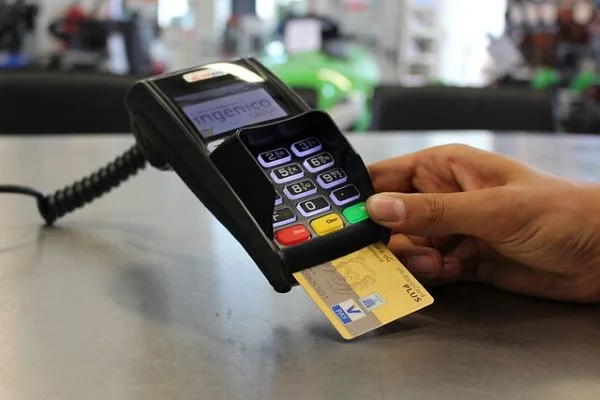The Cost-Saving Potential of POS Systems

In today’s increasingly competitive business landscape, every penny counts. Companies constantly seek ways to optimize operations and reduce costs without compromising efficiency or customer experience. One area that has garnered significant attention in recent years is point-of-sale (POS) systems. While traditionally used for processing transactions, modern POS systems offer many features beyond mere payment processing. This article will explore the cost-saving potential of POS systems and how they can positively impact businesses of all sizes and industries.
Streamlining Operations
One of the primary cost-saving advantages of POS systems lies in their ability to streamline operations. By integrating various processes into a single platform, these systems eliminate the need for multiple software applications and manual tasks, saving time and reducing errors. For instance, inventory management becomes more efficient, allowing businesses to track stock levels accurately and automate reordering processes based on predefined thresholds. This minimizes inventory holding costs, eliminates stockouts, and prevents overstocking, resulting in improved cash flow and reduced storage expenses.
POS systems can contribute to cost savings through effective staff management. By integrating employee scheduling and timekeeping features, businesses can optimize staffing levels to match customer demand, preventing overstaffing and unnecessary labor costs. Managers can easily create schedules based on sales data and customer footfall patterns, ensuring the right number of staff members is present during peak hours while avoiding unnecessary expenses during slower periods. According to reliable providers of POS for business in Singapore, these systems can also optimize employee productivity by automating repetitive tasks such as data entry and sales reporting. With the ability to generate real-time reports on sales, inventory, and customer preferences, managers can make data-driven decisions that minimize waste, optimize staffing levels, and identify top-performing products or services.
Moreover, POS systems enable businesses to streamline their purchasing processes, enhancing operational efficiency and cost savings. With integrated supplier management features, companies can easily manage vendor relationships, track purchase orders, and negotiate better pricing and terms. By automating the procurement process, businesses can reduce the time and effort spent on manual tasks such as contacting suppliers, comparing prices, and processing invoices. This saves valuable time and helps companies to secure better deals, negotiate discounts, and minimize the risk of errors or overpayments.
Enhanced Customer Experience
While cost savings are crucial for any business, providing an exceptional customer experience is equally important. POS systems contribute to this goal by streamlining the checkout process, reducing wait times, and improving overall customer satisfaction. By accepting various payment methods, including mobile payments and digital wallets, businesses can cater to customers’ preferred modes of payment and boost sales.
Moreover, modern POS systems often come with customer relationship management (CRM) features that enable businesses to collect and analyze customer data. This data can be leveraged to personalize interactions, recommend relevant products or services, and offer targeted promotions, fostering customer loyalty and repeat business. Satisfied and loyal customers are more likely to advocate for the company, attracting new customers through word-of-mouth referrals and reducing the need for costly advertising campaigns.
Cost-Efficient Hardware and Software
Investing in a POS system often entails a one-time purchase of hardware and software, which can result in long-term cost savings compared to traditional cash registers or older systems. Many POS systems operate on affordable and readily available off-the-shelf hardware, such as tablets or smartphones, reducing the need for expensive proprietary equipment. The software is typically customizable and scalable, allowing businesses to adapt the system to their needs and expand as the business grows.
Maintenance and software updates are often included in the system’s subscription or licensing fees, eliminating the need for costly IT support or purchasing new software versions. Cloud-based POS systems reduce expenses by eliminating the need for on-site server infrastructure, data backup, and system maintenance.
Insights and Analytics
POS systems offer valuable insights and analytics that can drive informed decision-making and optimize business strategies. Detailed sales reports, inventory analytics, and customer data provide businesses with actionable intelligence. By analyzing these reports, companies can identify underperforming products or services and make data-driven adjustments, reducing waste and increasing profitability. In addition, POS systems can help identify trends and patterns in customer behavior, enabling businesses to adjust pricing, promotions, and marketing strategies accordingly. This allows for targeted marketing campaigns that are more likely to yield positive returns on investment, minimizing marketing expenses.
The cost-saving potential of POS systems extends far beyond the mere facilitation of transactions. By streamlining operations, enhancing the customer experience, offering cost-efficient hardware and software, and providing valuable insights and analytics, POS systems have proven invaluable tools for businesses looking to optimize their operations and reduce costs. Embracing the cost-saving potential of POS systems is a smart investment that can contribute to any business’s long-term success and profitability.





